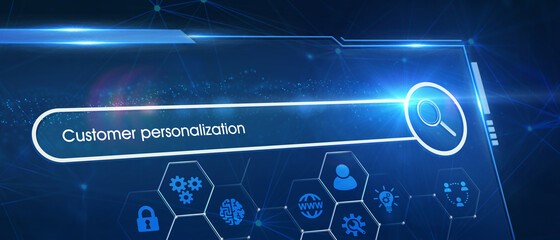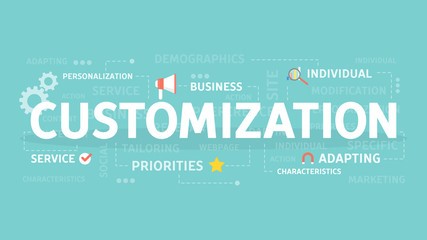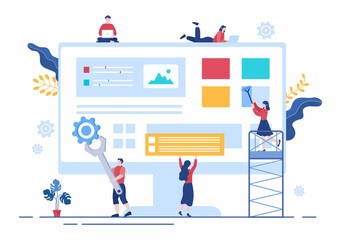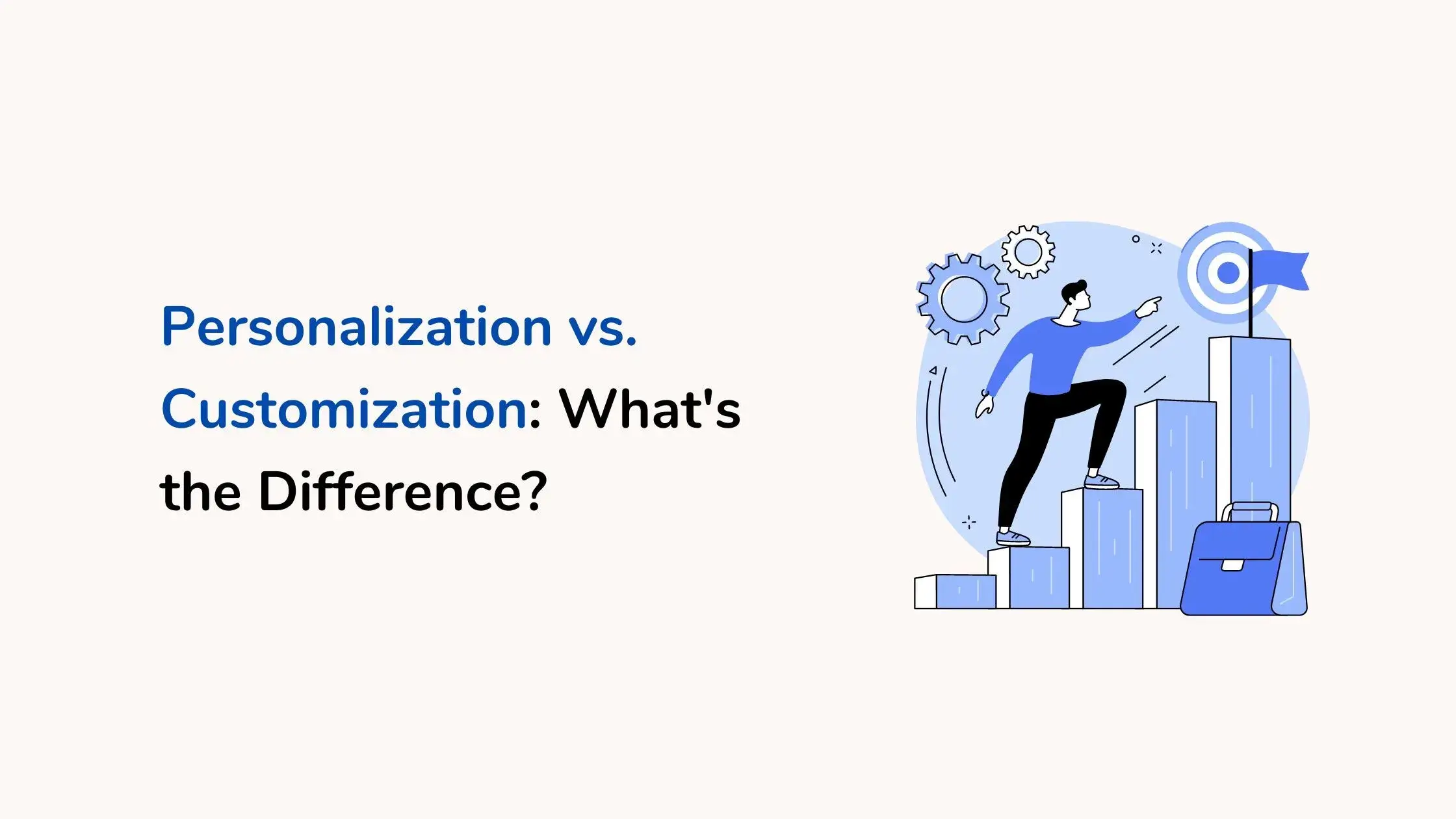
Adobe Stock
The distinction lies in the personalization vs. customization approach used to individualize the client experience. They assist you in providing different services, but they go about it differently.
Similarity
They both seem to signify the same thing. Because their meanings overlap, personalization and customization are sometimes used indiscriminately. And on the most fundamental level, they both individualize the consumer experience and, as a result, they are both customer engagement tactics. They both individualize based on customer choices to share relevant communications.
Difference
They do, however, differ in terms of technology. They attain the same purpose by employing different technical mechanisms. As a result, personalization and customization are not comparable in digital technology.
They vary in terms of the actions that must be taken. The user does the personalization, and the user does the customization. In other words, they vary in terms of each user’s participation. In the first situation (personalization), you will be served a delectable sandwich with no effort. The second (customization) allows you to customize it exactly as you want.
Let’s dig deep into these two terms individually.
Personalization

Adobe Stock
Personalization that works well uses aggregate consumer data to impact the user experience significantly. The impact is remarkable because the user is not intentionally participating in the process.
Intelligent algorithms scrutinize the characteristics of people and our online activities. They offer us related content, services, or information based on this data. This is an example of customization when you acquire advertising messages that seem oddly to point or are grossly inaccurate. For example, if you order a delectable sandwich you didn’t know you wanted or a vegan burger while being an omnivore. Algorithms can make mistakes.
The technical gap between customization and personalization is a chasm. To perform personalization properly, you’ll need robust algorithms. After all, you don’t want to provide sponge cake to your customers.
Customization

Adobe Stock
Do you wish to give a presentation and have a one-on-one approach? Customize. Improve the user experience by allowing them to make choices and providing individualized services. Make the sandwich on your own.
In giving exceptional care and remarkable experiences and adapting the user experience to individual requirements, the future of personalization and customization has in this.
Consider the following scenario: You work in a customer care department and are given a duty you do not know about. You spend hours looking for the best answer while your colleague behind you might have completed the assignment in minutes or informed you about it.
At work, being given custom duties would be fantastic. Complex algorithms and different development teams aren’t required for this. You may program automation rules to determine your choice for you. You will be allocated custom-made assignments in this manner, allowing everyone to focus on their strengths.
Customized Experience
We all appreciate focused communication in this day of information explosion and overwork. Whether members of your clientele or anonymous individuals, every consumer expects an excellent user experience. Businesses want to be able to supply that. You want to use a variety of marketing channels to provide your consumers with relevant products and services when they need them and on their chosen platform.
Personalization vs. Customization Concerning User Experience

Adobe Stock
When a person interacts with an ad, web page, or any other digital marketing component, they have a user experience. Because they improve the user’s experience on a web page, customization and personalization benefit the user experience.
- Customization enhances the user experience by allowing users to specify their preferences. By detailing what they want, marketers can easily present their marketing efforts suited to their requirements.
- Because marketers may design marketing strategies based on information obtained about their audience, personalization enhances the user experience. You may present messages that are precisely matched and relevant to a specific target segment when you learn what they prefer, their requirements, and what they are attempting to accomplish.
Concluding Remarks: Which is the right choice for you?
Instead of pitching the two techniques – personalization vs. customization – against one another and determining which one to utilize, combine the two. As a result, you’ll be able to present your audience with the finest possible experience and the promotional strategies they would like to see.
Thanks to customization and personalization, marketers may leverage numerous marketing communication tools to develop optimized campaigns that customers want to interact with.
Do you want to build customized or personalized applications for your business? Ring us right now to get a free quote.
Frequently Asked Questions
1. What do you mean by personalization?
Personalization is known as the process of tailoring an experience or message based on information a corporation has learned about an individual. Companies may personalize experiences or messages depending on the information they acquire about their prospective customers, much like you would create a present for a close friend.
2. What is personalization in design?
It alters a system’s operation, interface, information content, or uniqueness to make it more personal to an individual.
3. What is the function of personalization?
Personalization’s primary purpose is to give material and functionality tailored to individual user demands or interests with minimal effort on the part of the targeted users. The technology creates a user profile and tailors the interface to that characteristic.
Oviya is an experienced technical writer at Squash Apps. She has hailed from Coimbatore, who is a Literature graduate & fond of penning words that fall right into the contexts! She is a Numismatist, Potterwala, Blogger & has an interest in stories that make a difference in the world! Find me on Linked In!


